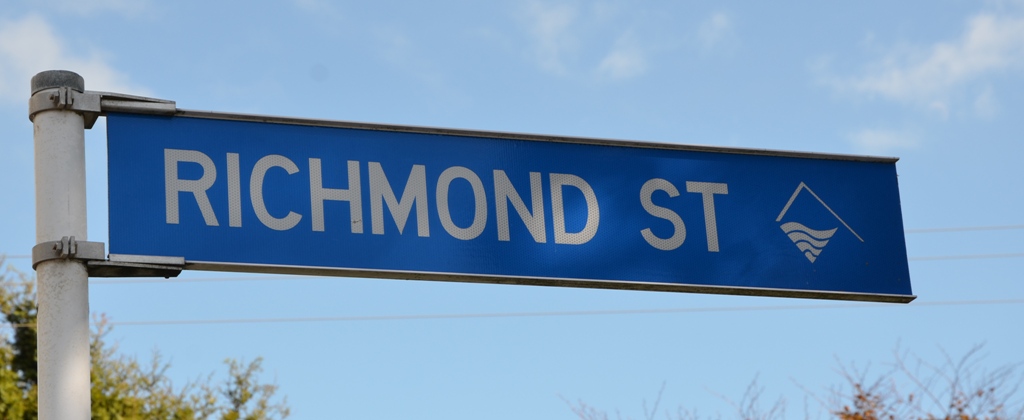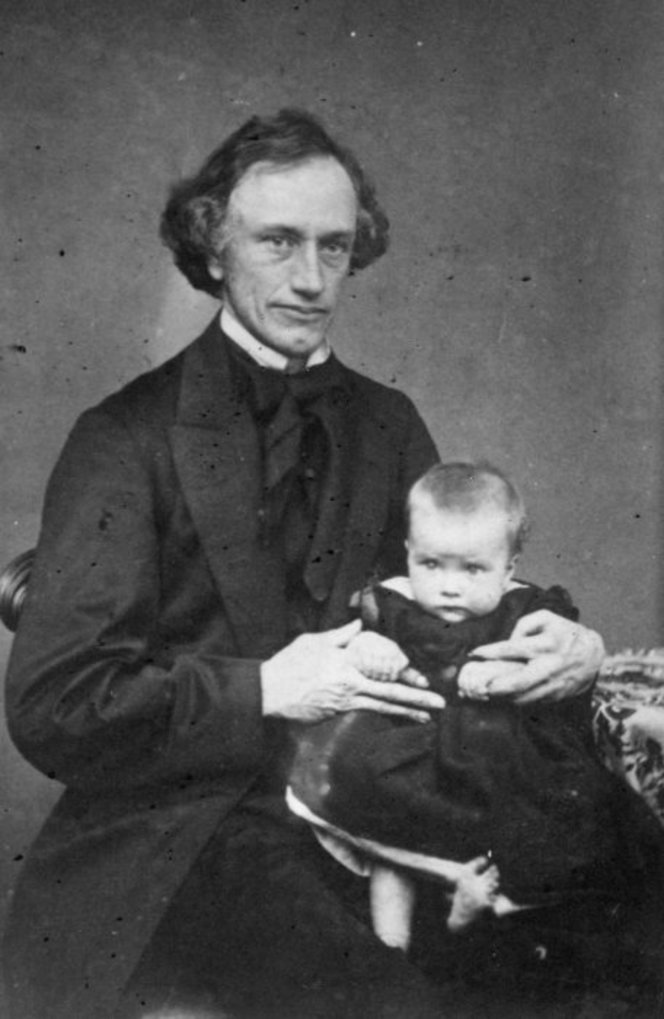



Richmond Street, a tree-lined cul-de-sac in Fitzroy, is named after the politician and lawyer, Christopher William Richmond
Richmond was born in England in 1821, the eldest of four children. He was called to the Bar in 1847 and later married Emily Atkinson. Somewhat disillusioned by his prospects in England, Richmond followed his two younger brothers to New Zealand in 1852.
On his arrival in New Plymouth, Richmond practised law and found employment as a clerk and attorney to the new provincial council. In 1855 he was elected to the House of Representatives, serving as Colonial Treasurer from 1856 to 1861, and Minister of Native Affairs from 1858 to 1860.
As the Minister, he acted with Governor Grey and Donald McLean to accept an offer by Te Teira to sell a block of land in Waitara to the government. This led directly to the outbreak of war in Taranaki in 1860. It was Richmond’s opinion that it was necessary to 'civilise' Māori by persuading them to adopt British habits and practices; including the sale of land, despite the consequences.
Richmond left politics in 1862 and went into partnership with a law practice in Dunedin. Later he accepted an appointment to the Supreme Court in the Otago and Southland district. This position also rewarded him with a seat on the Court of Appeal.
Richmond died in Wellington on 3 August 1895, only a week after his last sitting on the Court of Appeal.
Throughout his life he was a very conservative man - he regarded giving women the vote as absurd – but, within the judiciary, he was praised for his extensive knowledge of the law. So much so that, across Australasia, other judges and lawyers would often turn to him for guidance and advice.
This story was first published in the Taranaki Daily News.
Please do not reproduce these images without permission from Puke Ariki.
Contact us for more information or you can order images online here.